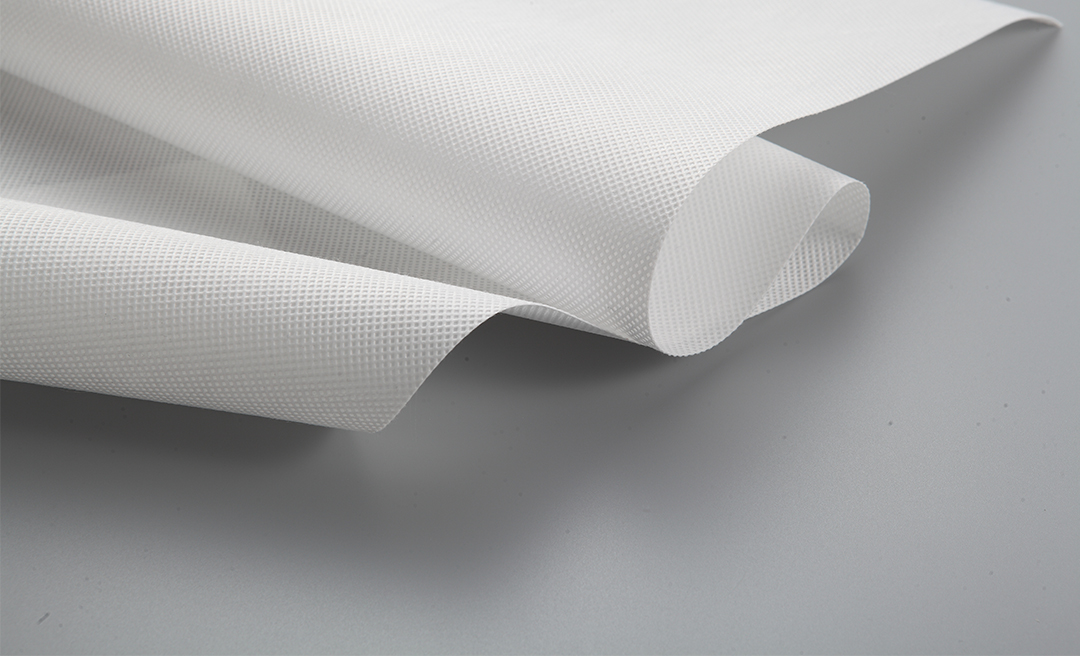PET (Polyethylene Terephthalate) spunbond nonwoven fabric is gaining traction in various industries due to its excellent properties, including durability, water resistance, and versatility. The market for PET spunbond nonwoven fabrics is expanding, driven by increasing demand in sectors such as medical, automotive, hygiene, and construction.
Key Features of PET Spunbond Nonwoven Fabric
- Durability:
- High tensile strength and resistance to tearing, making it suitable for demanding applications.
- Lightweight:
- Easier to handle and transport compared to woven fabrics.
- Breathability:
- Allows for air and moisture permeability, which is crucial for certain applications.
- Chemical Resistance:
- Resistant to many chemicals, enhancing its usability in industrial applications.
- Eco-Friendly Options:
- Recycled PET (rPET) is increasingly used, appealing to environmentally conscious consumers.
Market Drivers
- Growing Demand in Various Industries:
- The healthcare sector is a significant driver due to the need for medical disposables.
- The automotive industry uses PET nonwovens for interior applications, insulation, and filtration.
- Sustainability Trends:
- Increased awareness of environmental issues is pushing manufacturers to adopt recycled materials like rPET.
- Versatile Applications:
- PET spunbond nonwoven fabric is used in hygiene products, geotextiles, and packaging, driving market growth.
- Technological Advances:
- Innovations in production processes and product development are enhancing the performance of PET nonwovens.
Applications
- Medical and Hygiene Products:
- Used in surgical gowns, masks, and disposable covers due to its softness and breathability.
- Automotive:
- Employed in sound insulation, interior linings, and filtration systems.
- Construction:
- Used in geotextiles for drainage and erosion control, as well as in roofing applications.
- Agriculture:
- Utilized for crop covers, mulch, and greenhouse applications.
- Home Textiles:
- Found in reusable bags, cleaning cloths, and home furnishings.
Challenges
- Price Volatility:
- Fluctuations in raw material prices, particularly petroleum-based products, can impact production costs.
- Competition from Alternatives:
- The market faces competition from other nonwoven materials, such as polypropylene and biodegradable options.
- Regulatory Compliance:
- Manufacturers must navigate regulations regarding the use of certain chemicals and materials in production.
Conclusion
The PET spunbond nonwoven market is poised for growth due to its versatility and the increasing demand across various sectors. With a focus on sustainability and technological advancements, manufacturers are adapting to changing market conditions. As industries continue to seek durable and eco-friendly materials, PET spunbond nonwoven fabrics are likely to play a significant role in the future.
Post time: Jan-06-2025

